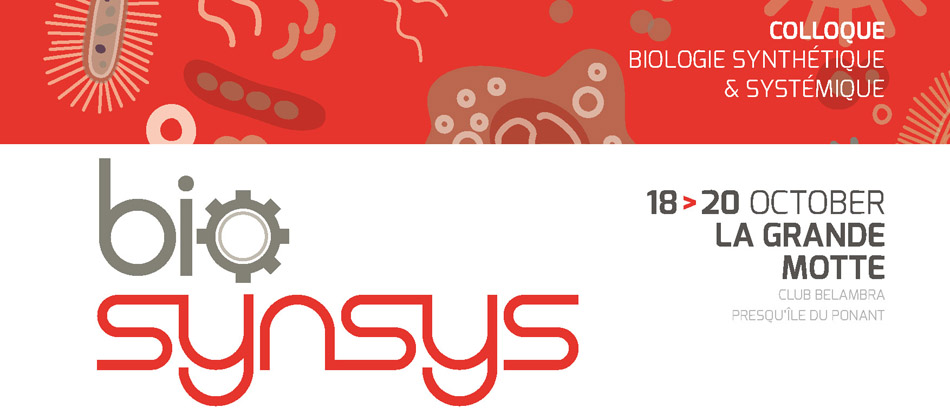Due to the recent development of DNA assembly techniques for metabolic pathway engineering, a great world-wide effort is now being pursued towards establishing such cloning platforms for an individual organism of interest. Golden Gate modular cloning system, relying on type IIs restriction enzymes, appears as one of the most robust techniques within this field [1, 2].
The non-conventional yeast Yarrowia lipolytica is a well established biotechnological chassis for the production of numerous valuable bioproducts, especially based on its ability to produce high amounts of the precursor Acetyl-CoA (used, for instance, for the production of biolipid and beta carotenoids), and the development of tools for better engineer this yeast is a current need.
We have used the Golden Gate modular cloning strategy to develop a robust and versatile DNA assembly platform for this yeast [3]. To this end, a broad set of destination vectors and interchangeable building blocks have been constructed allowing the assembly of 1, 2 or 3 transcriptional units. The DNA modules were assembled on a scaffold of pre-designed 4 nt overhangs covering three transcription units (each bearing promoter, gene and terminator), selection marker gene, and genomic integration targeting sequences, constituting altogether thirteen elements. The efficiency of the developed Golden Gate strategy was demonstrated by assembling the synthetic pathway for carotenoids' production.
Thereafter, we have also used a combinatorial synthetic biology approach based on Golden Gate DNA assembly to perform a promoter shuffling strategy, allowing us to screen the optimum promoter-gene pairs for each transcriptional unit expressed on the carotenoids biosynthetic pathway. DNA assembly was performed with three promoters (TEFp; PGMp; GAPDHp), introduced in each of the three promoter positions in the carotenoid cassette. The pools of expression cassettes were transformed into Yarrowia lipolytica, 387 colonies with different colour were obtained and the analysis of promoter for the 15 more orange-yellow strains allowed to define the best promoter combination[4].
Finally, combining Golden Gate assembly, promoter shuffling, lipid accumulation capacity and multiple cassette integration, we have developed a strain reaching a production titter of 1.5 g/L and a maximum yield of 0.048 g/g of glucose in flask. The β-carotene production was further increased in a fed-batch fermentation reaching 6.5 g/L of β-carotene and 90 mg/g DCW with a concomitant production of 42.6 g/L of lipids [4].
This technology greatly enriches a molecular biology toolbox dedicated for this industrially relevant microorganism enabling fast combinatorial cloning of complex synthetic pathways, which combined with traditional metabolic engineering strategies can be of great importance for the development of Y. lipolytica as cell factory.
- Other

 PDF version
PDF version

